Canon EF
100 mm
It may not suit for video.
The Canon 60mm f/2.8 USM macro lens has all the necessary qualities to get you started with a macro photography. Due to the compact size, this lens is easy to carry around on trips.
Canon EF-S
60 mm
The lens is fitted with 2 adjustable LEDs, which provides extra lighting and allows removing the unwanted shadows from your photos. Hybrid IS with Shake Correction Function provides high sharpness.
The ring that covers the built-in light is a little inconvenient.
The Macro Lite is an innovative but compact macro lens with autofocus and a built-in flash that allows taking quality pictures of moving objects from a very short distance. It is suitable for portraits and street photography thanks to a standard angle of view.
Canon EF-S
35 mm
f/2.8-32
0.43 ft.
7
Yes
1 year
The Gear-type STM focusing technology is quick and quiet, which allows catching a perfect image at the right moment. It is also great for video recording since it doesn't make any noise.
The minimum focusing distance is 1.15 ft.
This lens will help you capture expressive pictures thanks to a large aperture (f/1.8). It ensures a sharp focus on the main object and a nice blur of the background.
Canon EF
50 mm
f/1.8-22
1.15 ft.
7
No
1 year
The construction of the optical system has 6 elements from 5 different groups. Thanks to that, the lens boasts a great aperture ratio. Circular aperture (7 blades) delivers beautiful, soft backgrounds.
Autofocus noise is very loud.
This lens is a good choice for taking photos at night. It allows you to create a time-lapse of a night sky and an average picture of a skyline of the night city. It is also a great option for group photos and photographing buildings.
Canon EF-S
24 mm
f/2.8-22
0.52 ft.
7
No
1 year
This site is a free online resource that strives to offer helpful content and comparison features to its visitors. Please be advised that the operator of this site accepts advertising compensation from certain companies that appear on the site, and such compensation impacts the location and order in which the companies (and/or their products) are presented, and in some cases may also impact the scoring that is assigned to them. The scoring that appears on this site is determined by the site operator in its sole discretion, and should NOT be relied upon for accuracy purposes. In fact, Company/product listings on this page DO NOT imply endorsement by the site operator. Except as expressly set forth in our Terms of Use, all representations and warranties regarding the information presented on this page are disclaimed. The information which appears on this site is subject to change at any time. More info
Canon (3554B002)
Best Result in Any Condition
The Canon EF 100mm is the first macro lens for Canon that features the Hybrid IS system. The IS stands for the image stabilizer that effectively compensates the horizontal and vertical shake of the camera along with angular tilt. This detail makes it possible to take high-quality images without having to use a tripod. The lens boasts 9-blade diaphragm that creates a beautiful background blur. If you are looking for a simple way to add the round-shaped bokeh at home, place a colorful LED string at a few feet behind the object. As expected, at the maximum opened aperture on an extremely sunny day you might get a slightly visible chromatic aberration, yet it absolutely disappears at f/4.0 while the optical stabilization makes it possible to take photos at slightly longer exposure diminishing any possible artifacts even further.
As for the body, it has a dust and moisture-proof design. Feel free to take shots outside on a rainy day or in a dewy morning when the air humidity is on the rise. Yet, no matter how waterproof the lens is, we strongly recommend getting a UV filter for it. Historically, it was designed to protect the film from UV rays – and it is still so in DSLR cameras. But even more importantly, it provides the objective glass with a basic protection from scratches, occasional fingerprints and damage from the fall. Better invest a few bucks in a filter than spend hundreds of dollars on a new lens, right? A Tiffen 67mm UV filter will do just fine.
All in all, this Canon EF 100mm f/2.8L IS USM Macro Lens boasts great light transmittance for making professional-quality macro photos.
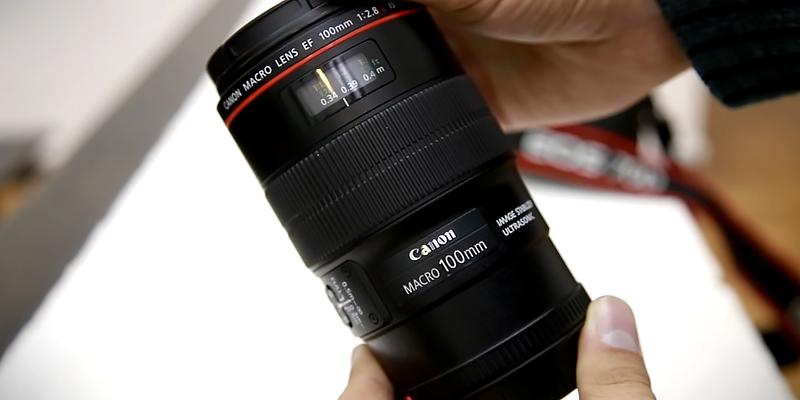
Additional Info
| Last updated price | $1,299.00 |
| Stock | In stock |
| ASIN | B002NEGTSI |
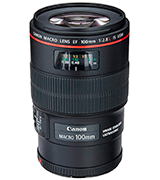
Canon (0284B002)
Come Closer, Child
This Canon EF-S 60mm is an awesome choice for the entry-level photographers, not least because of its price. It's also extremely compact in size: less than 3" in every dimension. Therefore, it will be less tiring to hold it in hands than most other macro lenses for Canon. You can always grab it with you on your travels or lazy walks in a park for a quick switch. Anyway, at the 60mm focal length, it shoots at a comparatively wide angle capturing more objects along its shallow depth of focus. However, thanks to the minimum focal distance at 0.65", you can get the most detailed, sharp snapshots of anything within extremely close range.
If you've ever tried to take extreme close-ups of live objects, including butterflies or dragonflies, then you know how easily they can be scared away by a single movement of a finger or even by the turn of an objective lens. Many macro lenses for Canon, including this one, have internal focusing, where the outer glass doesn't move at all during focusing. Moreover, the Canon EF-S 60mm compact macro lens comes with ultrasonic autofocus that is not only quick but also almost inaudible for the most animals. Overall, the image quality is exceptional under the sunlight and with a small occasional vignetting observed at f/2.8. The Super Spectra coating provides some protection against sun flares and distorting sunrays. But if you aim for shooting mostly outdoors, consider buying Canon ET-67B Lens Hood. It is designed specifically for this model.
As a conclusion, we can definitely say that this Canon EF-S 60mm shows very good results and will become the great first macro lens for new photographers or for those who're in search of an affordable and compact model to take on trips. It is the best macro lens for Canon you can find at this money.

Canon (2220C002)
Wide Aperture
The Canon 2220C002 Macro Lens will help you take the most detailed and sharp pictures. It is very universal and suitable for taking not only macro pictures but also portraits and street photos.
This model features a Hybrid Image Stabilizer that automatically reduces blurring and gives the main object in the picture extra sharpness. Even if you hold the camera by yourself and accidentally shake or tilt it, the image will turn out in great detail, even in the smallest objects. You will be able to take not only photos of food or plants but also of tiny moving insects.
What also makes this lens suitable for macro photography is that it comes with a wide 7-blade aperture (f/2.8-32) that provides a sharp focus on the central object and blurs the background to create depth in the picture.
The lens has a compact design and is easy to adjust. It features a basic focusing ring and a focus mode switch. Also, this model comes with a built-in Macro Lite feature that you can turn on and off manually. As for the mount type, this model features Canon EF-S.
In the end, no matter if you are just taking your first steps in photography or if you are a professional, this lens will be very handy. With it, you can create amazing pictures without extra effort.
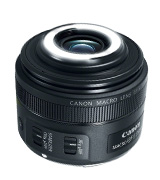
Canon EF 50mm f/1.8 STM
Sharp and Smooth
In 2015, Canon presented a new 50mm lens with f/1.8 aperture, designed for a Full-Frame sensor and also compatible with the APS-C cameras. Although the company already had a similar and popular EF 50mm f/1.8 II model, this one features a special STM focusing motor. When your camera hunts for a subject, it produces almost no sound. Moreover, even in AF-mode, you can grab the ring and adjust the focus at any moment. The STM also smoothens the transition from subject to subject, so it's a great choice if you want to shoot a video with your camera, too.
The increased amount of the diaphragm blades is yet another advantage over its predecessor. The 7 blades create a small circular blur at the max aperture. The SuperSpectra glass coating diminishes the lens flares and improves the overall picture quality. Still, if you are looking forward to using it on a sunny day, you might need a hood. In this case, the ES-68 Lens Hood by Canon is exactly what you need.
Also, the lens itself is ultra-light. Despite having the metal mount, it weighs only 0.36 lbs. So, if you prefer handheld shooting or just don't own a tripod yet, then it will be a real catch for you. It is fast, sharp, and, above all, comes at an affordable price.
At the end of the day, Canon EF 50mm f/1.8 STM is the universal portrait lens for beginners and amateurs who own a Canon DSLR. Thanks to it, you'll be able to capture all face expressions and the smallest details of your beautiful models. Try it out and you'll be pleased with the results.

Additional Info
| Last updated price | $125.00 |
| Stock | In stock |
| ASIN | B00X8MRBCW |
What customers say about this product
Key Specs
Features
Size & Weight
Imaging
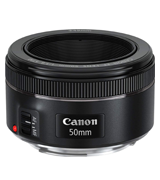
Canon EF-S 24mm f/2.8 STM
Time-Lapse Beauty
As you might have already guessed, the Canon EF-S 24mm f/2.8 STM Lens is a prime lens with a fixed focal length. The ultra-compact 0.91" thick barrel consists of the mere 6 optic elements combined in 5 groups. The minimum focusing distance starts at 6.24" and shows a surprisingly crisp, detailed image even along the edges. The 24mm focal length gives you almost 60° angle of view. For reference, try closing one eye and look around with the other one and you will get approximately the same angle. As a result, this lens is helpful for picking out one object and capturing enough details around it to give the image some more context.
Actually, this lens shows great results at the group photos in close quarters as well. You might also want to take snapshots of some scenery, architecture masterpieces or even portraits - and the lens won't let you down, delivering brilliant results. Additionally, if your DSLR supports long exposures, you can get yourself really inspiring pictures of a beautiful starscape. If you decide to do that - with this lens or any other wide-angle, don't forget to grab a tripod. For instance, Amazon offers its AmazonBasics 50-Inch model for a relatively low price. It is lightweight and comes with a bag.
Summarizing, this Canon EF-S 24mm f/2.8 STM Lens is an awesome choice for professional photographers who know exactly when and how to use it. As for the less experienced users, we can recommend it as a tool for improving their skills. Fortunately, it's very compact and lightweight, so you can always have it on you anywhere.
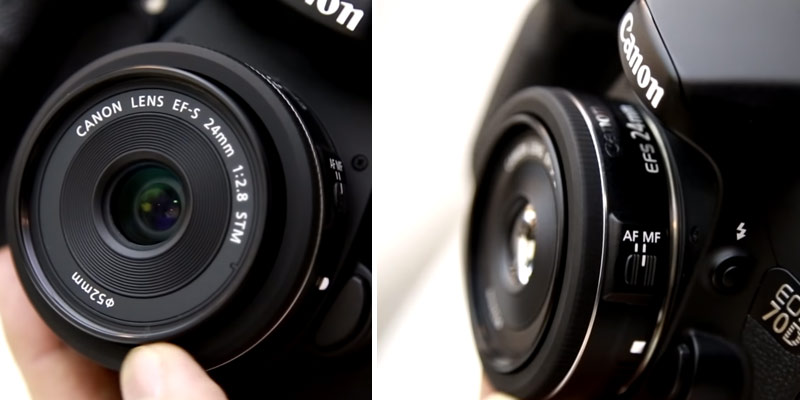
Additional Info
| Last updated price | $149.00 |
| Stock | In stock |
| ASIN | B00NI3BZ5K |
What customers say about this product
Key Specs
Size & Weight
Features
Imaging

What Is a Macro Lens For Canon?
Most Macro lenses project an image of an object in a 1:1 proportion onto the sensor. In other words, take a coin and place right in front of your eye - it will fill a huge part of your field of view. The same happens with a sensor when you place an object in front of it - it takes up the whole frame and is captured with all its small details. The thing is, the zoom and other lens types with fixed focal length can't focus on the objects that are very close. At such moments, a macro lens comes to the aid. They have a fixed focal length and a very shallow depth of field at close ranges, allowing users to emphasize only one plane on the photo with a numbered amount of stuff in it - and blur everything else in the foreground and background.
Most of the times, the macro lens is used for close-up focusing on really small objects at a very close range. For example, a shiny coin out of a pocket, a colorful bug on the flower, the dew on the fir needles in the nearest forest, and so on. But you can use it not only for bug hunting. You can also do portraits with it. But keep in mind these lenses are very sharp, and it's very likely that you'd need some time to get used to doing them right.
Anyhow, we think that the macro is a must-have lens for any photographer. Therefore, we've analyzed 5 awesome models for Canon DSLR cameras in this article. As a matter of fact, despite the name of these lenses suggest they can be used with Canon equipment only, most of the lenses are compatible with other brands too. You should only check the list of available functions on other brands to be sure that you don't end up without the functions you need for your work.
By the way, we have also prepared a thorough review on the best wide-angle lenses for Canon too. Don't forget to check them out as well.
What Features to Compare
Camera Sensor Type Compatibility
First of all, take a look at camera sensor type compatibility. Some lenses are compatible with both full-frame and the APS-C cameras. Yet, there are lenses that can work with only APS-C types.
Focal Length
Focal length in DSLR cameras refers to the distance between the light rays convergence inside the lens and the digital sensor of a camera. Simply put, it influences the angle of view of a camera. The bigger the focal length is the lesser the part of the scene in front of you will appear on a photo. Therefore, all objects in it will also take up more space on the final uncropped photo. Usually, macro lenses have it fixed within the range from 50mm to 200mm.
Minimum Focus Distance
Minimum focus distance shows the distance from the focal plane of the camera to the object within which the things can come into the focus. To find out where the focal plane of your camera is, look for a symbol "Ф" on top of the body. As a result, the objects can be focused on when they are at least a few inches away from the objective lens.
F-number
F-number is an important value for any lens. It's given as the f/x where the 'x' is the ratio of the focal length to the entrance pupil diameter. Basically, the lower this number is, the wider the aperture is, and the more light will be collected through it. For example, at f/2.8 the image will appear brighter than at f/4.0. The wide aperture also allows you to set the lower exposure. On the other hand, the wide aperture has the shallower depth of field - the range at which the objects appear to be in focus.
Aperture Blades
You might also take note of how many aperture blades there are if you are looking for taking more artistic shots. Because more blades provide more distinct round bokeh effect. The 7-9 blades are okay for the most part. However, you can also find the lenses with 14 or even 20 petals.
Extra Features
Extra features may play a large part in improving the image quality. For example, a feature like optic stabilization is essential for handheld shooting as it compensates small shakes of a camera from vibrations. Without it, you will definitely need to use a tripod or some stand to get smeared photos. Check out the filter thread diameter if you are going to use an optical filter to protect the lens glass or to give your photos some artistic touch. Some models have a special coating and may come with a hood to reduce light flares. Autofocus with ultrasound motor makes almost no sound. This is helpful for taking photographs of some animals or when you record a video with the mic on. Finally, pay attention to the lens barrel materials. Metal parts are obviously more durable than the plastic, though might add to its weight. Finally, some lenses can have moisture and dustproof properties that make them preferable for taking photos on windy or rainy days.
Sources:
1. Choosing a Macro Lens, Shaw Academy. October 7, 2015.
2. MACRO CAMERA LENSES, Cambridge in Colour.
3. Simon Crisp A guide to buying your next camera lens, New Atlas. October 2, 2013.
4. Choosing a Lens: camera lenses explained, What Digital Camera. September 24, 2015.
5. Lauchlan Toal THE MACRO LENS | WHY IT SHOULD BE YOUR SECOND LENS PURCHASE, slr lounge. January 20, 2016.
6. Joshua Dunlop What do the Numbers and Letters on Lenses Mean? Expert Photography.
7. Erez Marom Depth of Field in Macro Photography, Digital Photography Review. February 15, 2012.
8. Barrie Smith Macro Photography for Beginners, Digital Photography School.
9. Jason D. Little 6 Tips for Successful Macro Photography, Light Stalking Photography Blog and Community. December 9, 2012.
Popular Comparisons






























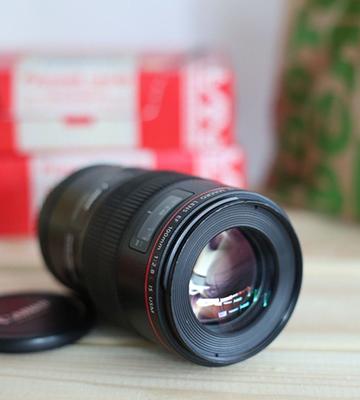


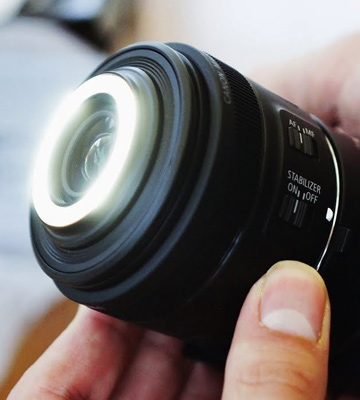
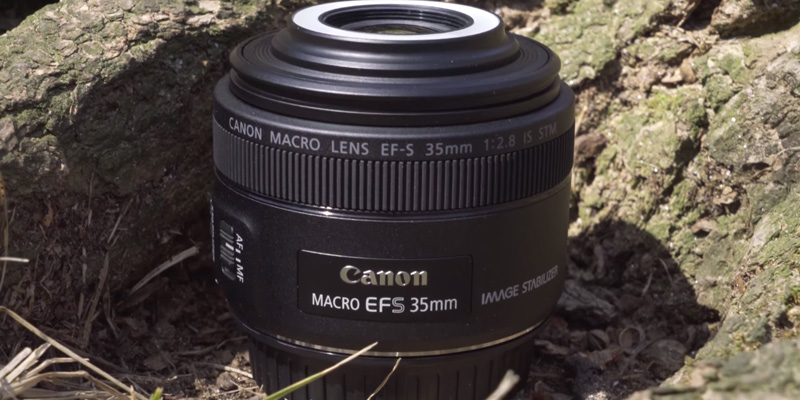
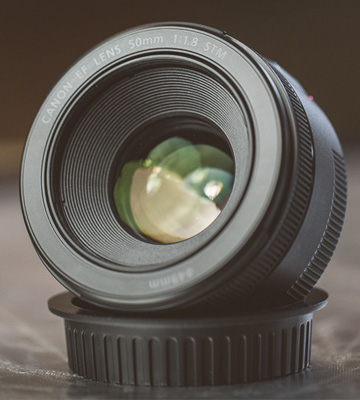
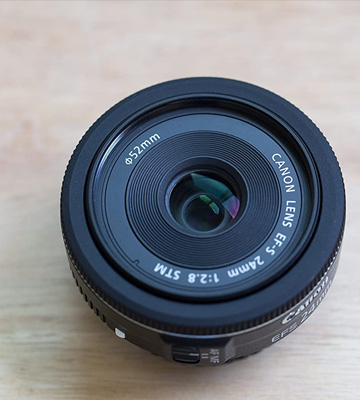
Your comment was successfully sent
Error! Please try again later